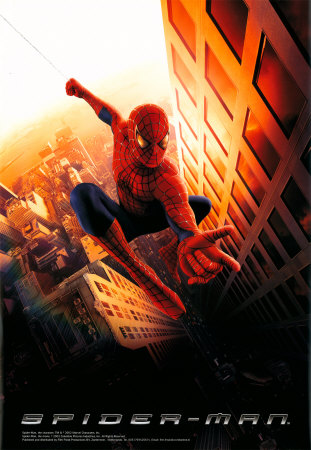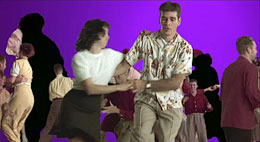
STANLEY KOWALSKI
Marlon Brando plays a tough Polish character by the name of Stanley Kowalski in the film "A Streetcar Named Desire" (1951). At first, it appears to the audience that Stanley is a hero of sorts, and that he is passionate towards his wife and loyal to his friends. Although. Stanley possesses an aggressive personality and this shows in his love of work and fighting. During the development of the film, Stanley develops an intense hate for Blanche (played by Vivien Leigh) and finds suspicion in most of the activities she takes part in. Also, he does not trust her, nor does he like the fact she takes he and his friends for fools when she makes attempts to fool them and manipulate them. His hatred towards her is even more exemplified when he searches into her past to find out her true story and then attempts to ruin her relationship with Mitch (played by Karl Malden). Stanley's originally thought to be down to earth personality was proven wrong by the end of the film. His forms of amusement included gambling, sex, bowling, and drinking. He shows a degenerative nature in the way that he treats his wife and the first time we saw him hit her was not the first time he hit her. When he rapes Blanche, he shows even less remorse for his brutal actions.

BLANCHE DUBOIS
Vivien Leigh plays Blanche,a former high school teacher from Laurel, Mississippi and older sister to the Stella, the wife of Stanley. Blanche is a fragile woman both physically and emotionally. She is also a very insecure women, as she fishes for compliments often, but rarely gets a response throughout the course of the film unless they come from Mitch. Blanche is a flirt. She has strong sexual urges and has apparently had many lovers in her day. Also, she comes off as being delusional of sorts and doesn't seem to have a full grasp on reality, while she prefers to live in her imagination rather than face the facts of the 'real world'. Blanche is a woman who tends to make an attempt to manipulate most of the people that she comes into contact with, or lies to them in some way. An example of this would be when Stanley asks her if she would like a shot and she says "I rarely touch it". This is a boldface lie, as she drinks often and covers it up in a very poor manner. Another thing she does is flirt, often. She seems to be in hot pursuit of Stanley's buddy Mitch and the two come to an agreement to be married. Stanley, however knows her back round and successfully foils her plans to do so. This leaves her even more alone in her own little world and leads her to be even more delusional.

WORKS CITED
"A Streetcar Named Desire" IMDB.com. Web. 29 Mar. 2010
"A Streetcar Named Desire" filmsite.org. Web. 29 Mar. 2010
"What is Method Acting?" wisegeek.com. Web. 29 Mar. 2010









